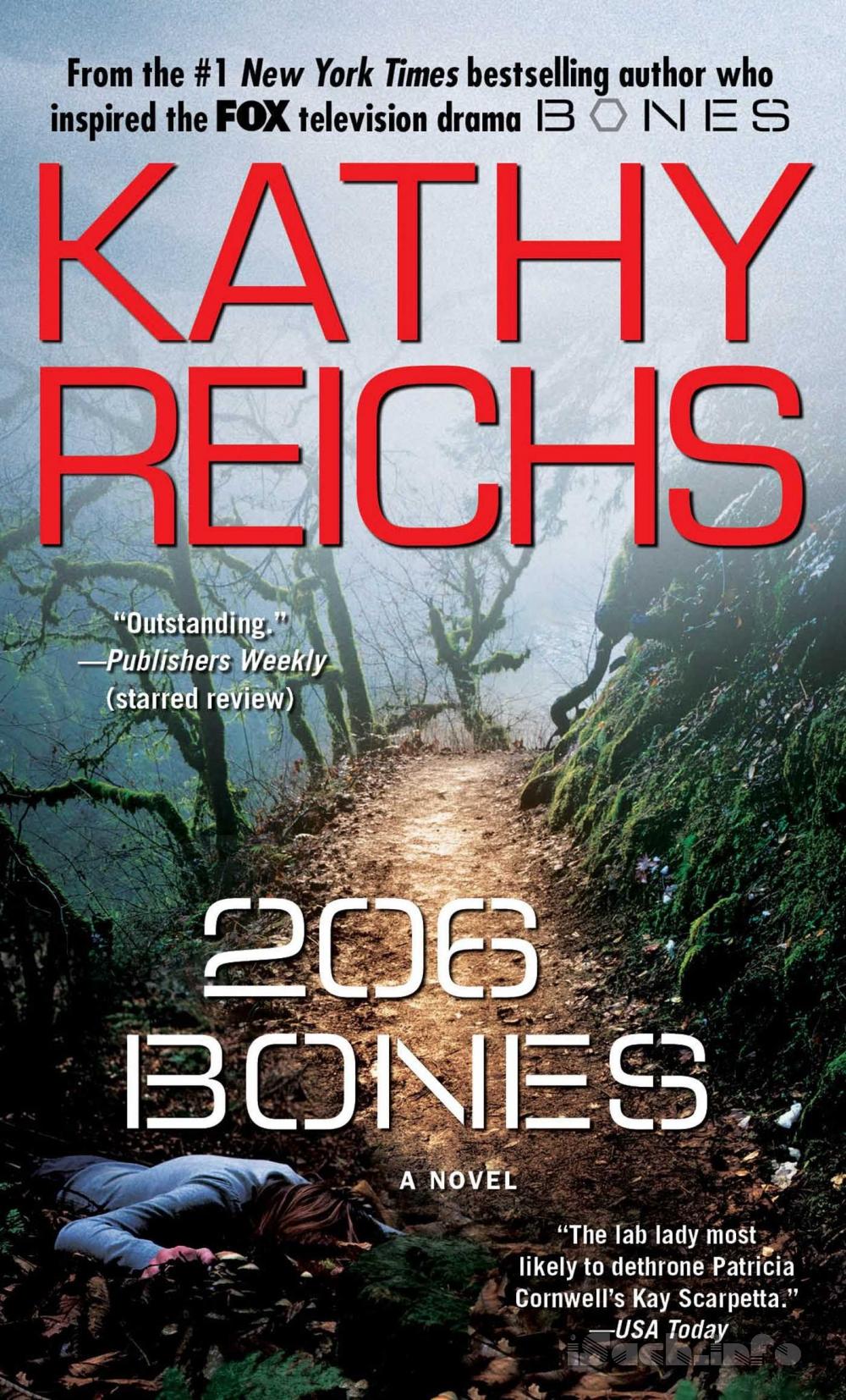Chapter 10
T
HE WHY-WOULD-ANY-RATIONAL-BEING-LIVE-HERE COLD RECEDED. The breath-fogged windows. The heater blasting arctic air at my feet.Nothing existed but the print in front of my eyes.
“You’re going to draw blood.”
Ryan’s voice snapped me back.
“Jurmain’s dead.” Unclamping my upper incisors from my lower lip.
“Edward Allen?”
“Front page, local section.”
“What happened?”
“They found him yesterday at the bottom of his basement stairs.” My voice sounded brittle. “The family doc is saying stroke.”
“Autopsy?”
“There’s none mentioned.”
“Schechter did say Jurmain was not in good health.”
“The old buzzard could have hung on another two days.”
Ryan ignored that. “What else?”
“The story’s mostly a tribute piece.”
I read excerpts.
“Former president and CEO of Jurmain Foods, later Smiling J. Blah blah blah. Well-known personality in the snack food industry from the forties through the eighties. Blah blah blah. Died at his home in Winnetka at the age of eighty-one. Blah blah blah. Received some award for his service to SFA.”
“SFA?”
“Snack Food Association. It’s an international trade association representing over four hundred companies worldwide.”
“The lowly Cheez Doodle has its own lobby?”
“According to the article, cheese snacks share representation with potato chips, tortilla chips, cereal snacks, pretzels, popcorn, snack crackers, meat snacks, pork rinds, snack nuts, party mix, corn snacks, pellet snacks, fruit snacks, snack bars, granola, snack cakes, and cookies.”
“Who knew.”
“The annual convention is called SNAXPO.”
“Of course it is.”
I read aloud. “Jurmain’s association with the snack food industry began in 1946 after service with the Seventy-ninth Infantry Division in World War Two. Following—”
“That’s probably more than I need to know.”
“Damn, Ryan. How am I going to find the bastard who placed that call?”
“Maybe Schechter knows more than he let on.”
“Maybe.”
“How about this. I’ll hunt lawyer while you examine Lassie. When you’re done, we’ll ambush Schechter instead of Jurmain.”
“If the guy practices with a big firm, we’ll never get past the receptionist. Those people are like samurai warriors guarding the king.”
“Shogun.”
“What?”
“They guarded the shogun. But you really mean the hatamoto, the higher-ranking warriors. Only the hatamoto served as the shogun’s personal guard.”
“Whatever.” I wiggled my toes to generate warmth. “We’ll never get to Schechter.”
“You forget the old Ryan charm.” Ryan winked at me.
“And when that fails?”
“I’ll flash my badge.”
“You have zero jurisdiction here.”
“I’ll flash it very fast.”
We were in luck. The navy had hedged its bets, and the CCME still had Laszlo Tot’s records on file.
Corcoran and I began by comparing Lassie’s antemortem dental, chest, and right lower-arm films with postmortem X-rays made upon 287JUL05’s arrival at the morgue. Despite the missing teeth, the skull damage, and the fractured ribs, we were able to establish positively that the man found in Thornton Quarry was, in fact, the missing seaman apprentice.
Maybe because intake was slow. Maybe because 287JUL05 now had a name. I didn’t ask, just accepted my upgrade from the storage room to an autopsy suite at the back of the facility.
By ten I had Lassie laid out on stainless steel. Corcoran had disappeared to phone the Chicago PD missing persons unit and authorities at the Great Lakes Naval Base. Ryan had gone to ferret out Perry Schechter.
One by one I viewed skeletal parts under magnification. Arm, leg, hand, and foot bones. Ribs. Vertebrae. Pelvis. Clavicles. Scapulae. Sternum. Now and then I’d stretch, walk the room, compose in my head the sad news I’d deliver to Cukura Kundze and Mr. Tot.
Ryan and Corcoran returned together around noon. I was glad to see them. Though I was pretty certain by then how Lassie had died, I needed answers to several questions.
“Describe the Thornton Quarry,” I said to Corcoran.
“It’s big.”
“How big?
“Really big.”
I gave him the steely look. He blushed.
“Thornton’s a mile and a half long and a half mile wide, one of the world’s largest quarries. In addition to producing stone or gravel or something, it’s used to prevent stormwater from overwhelming Chicago’s sewage system.”
“How so?” Ryan asked.
“There’s a water control plan in the works called the Deep Tunnel Project. As part of it, the Thornton Quarry will serve as a reservoir to reduce the backflow of runoff and sewage from area rivers into Lake Michigan. I read somewhere that the Thornton reservoir already contributes a three-billion-gallon capacity, and is expected to contribute around eight billion when the system is completed.”
“That’s one monster holding tank,” Ryan said.
“Tanks,” Corcoran corrected. “There are at least five or six pits, or lobes, some abandoned, some active. The project is starting with two of them.”
I tried to visualize the locale in my head. “We’re talking just east of Halsted and just south of the Tri-State Tollway, right?”
Corcoran nodded. “A bridge carries I-294 and I-80 right over the quarry. At that point West 175th Street is called Brown Derby Road, named after a bar and dance hall built in the thirties. The joint actually has quite a history. In the early forties, a carousel and picnic grove were added, and political parties, companies, and schools held their annual picnics there. During the fifties the carousel was torn down and a new bar was built across the street. That was later—”
“Isn’t the quarry secured?” Ryan interrupted the history lesson.
“I wondered about that, so I reread the responding officer’s report. The complex is fenced and there’s an observation building on-site. But Powers found that a gap had been cut in the fencing near the intersection of Brown Derby and Ridge Roads. By his estimate, the gap was large enough to allow entrance of a vehicle. Once inside the complex, Tot could have driven, or been driven, a few yards west along a dirt road right to the edge of the west pit. That’s where the body was found.”
“Assuming Lassie went into the water from up top, how far was the drop?”
“Maybe four hundred feet.”
“That would do it,” I said.
“Do what?”
“Look at this.” I indicated a collection of loosely arranged cranial fragments.
The men stepped to the table. For Ryan’s benefit, I kept it simple.
“These bones formed the base of Lassie’s skull, the part that sat directly on top of his spinal column.” With one gloved finger, I traced a crack that traversed several fragments in a curvilinear pattern. “This fracture extends anteriorally—”
I caught myself slipping into jargon.
“The fracture proceeds from back to front across the petrous portions of both temporal bones.” I pointed to the two oblong bulges that encase the inner ears.
“The two ends of the fracture circle around to meet here, in the sella turcica.” I moved my finger to a saddle-shaped prominence rising from the cranial floor, forward from the foramen magnum, the large hole through which the spinal cord enters the brain.
“It’s a complete ring fracture. Ring fractures can be caused by jamming the head violently downward onto the spinal column—”
“As in a headlong fall,” Ryan cut in.
“Yes. But ring fractures can also be caused by pulling the head sharply upward away from the spinal column.”
“But now’s when you tell us Lassie took a header.” Ryan.
“Look closely at the fracture margins.” I handed each man a fragment.
“The edges angle inward,” Corcoran said.
“Exactly. The beveling is directed internally because the cranium was forced inferiorly against the spine. If the fracture had been caused by yanking the head upward, the beveling would be directed externally.”
“Can a fall explain such massive maxillary and mandibular damage?” Corcoran asked.
“Sudden deceleration impact can tear the face right off the vault.”
“So Lassie died as a result of a swan dive that forced his cranium down into his spine.
“No.”
Both men did that male weight-shifting thing.
“I found rib fractures in addition to the cranial trauma. That’s understandable. Lassie probably hit an outcrop or a ledge on his way down. What’s odd is that his arm and leg bones are undamaged.”
“The kid made no attempt to stop his fall.” Ryan got it.
“A headlong plunge doesn’t necessarily mean the victim is dead,” Corcoran said. “Lassie could have dived. Or been unconscious.”
“Good point.” I selected two ribs and the right ulna. Crossing to the dissecting scope, I inserted one rib and adjusted focus.
“Check out this fracture.”
Ryan deferred to Corcoran.
“The break has jagged edges.” Corcoran spoke without raising his head. “Looks like a typical blunt force injury. As you said, he probably bounced off rock on his way down.”
“Agreed,” I said.
Corcoran yielded position at the scope. When Ryan had seen enough, I switched ribs, refocused, and stepped back. Corcoran moved back in.
“This break looks very straight. But that’s definitive of nothing. I’ve seen straight-edged rib fractures that I knew were caused by blunt trauma.”
“True enough. But did any look that clean? Kick up the magnification.”
Corcoran did as I’d suggested, then repositioned the light source.
Several seconds passed. Then, “Are those what I think they are?”
“Striations. Now look at the fresh break on the ulna. Not the old healed fracture.”
Corcoran swapped bones and squinted into the eyepiece.
“Cut marks?” Ryan mouthed over Corcoran’s hunched back.
I nodded.
Fluorescent tubes hummed overhead. Muted footsteps clicked by in the hall.
Finally, Corcoran looked up.
“Chop to the ulna, stab to the rib. Ulna chop’s probably defensive.”
Corcoran referred to trauma caused when knifing victims throw up hands or arms to ward off attack.
“I found knife stab wounds on at least four ribs.”
I held the other rib so Corcoran and Ryan could see the anterior, or chest, portion. A four-inch crack ran longitudinally along its surface.
Ryan whistled softly. “That’s one hell of a weapon.”
“Don’t be fooled by appearances,” I said. “Since fractures propagate with the grain of the bone, the length of a crack doesn’t necessarily reflect the size of the blade that made it. But there is an indicator.”
I pointed to a two-inch stretch within the longer defect. “Under magnification this portion appears very clean-edged. There’s also a subtle squaring at one end. Together, those features suggest a two-inch-wide, single-edged blade.”
Ryan started to speak. I held up a hand.
“When the rib cage is rearticulated, no cut extends between adjacent ribs. However, a cut on R-seven aligns perfectly with a square-edged defect on R-six. That pattern, also, suggests a single-edged blade.”
“Striations mean serration,” Corcoran said.
I nodded. “I’d venture the weapon has a single-edged, serrated, two-inch blade.”
“Like a large steak knife,” Ryan said.
“You think Lassie was dead when he went into the quarry,” Corcoran said.
“In my opinion, the most likely scenario is that he was stabbed to death, then his body was dumped.”
Murdered.
The word rolled in my head like thunder at the beach.
How to tell Cukura Kundze?



 ePub
ePub A4
A4